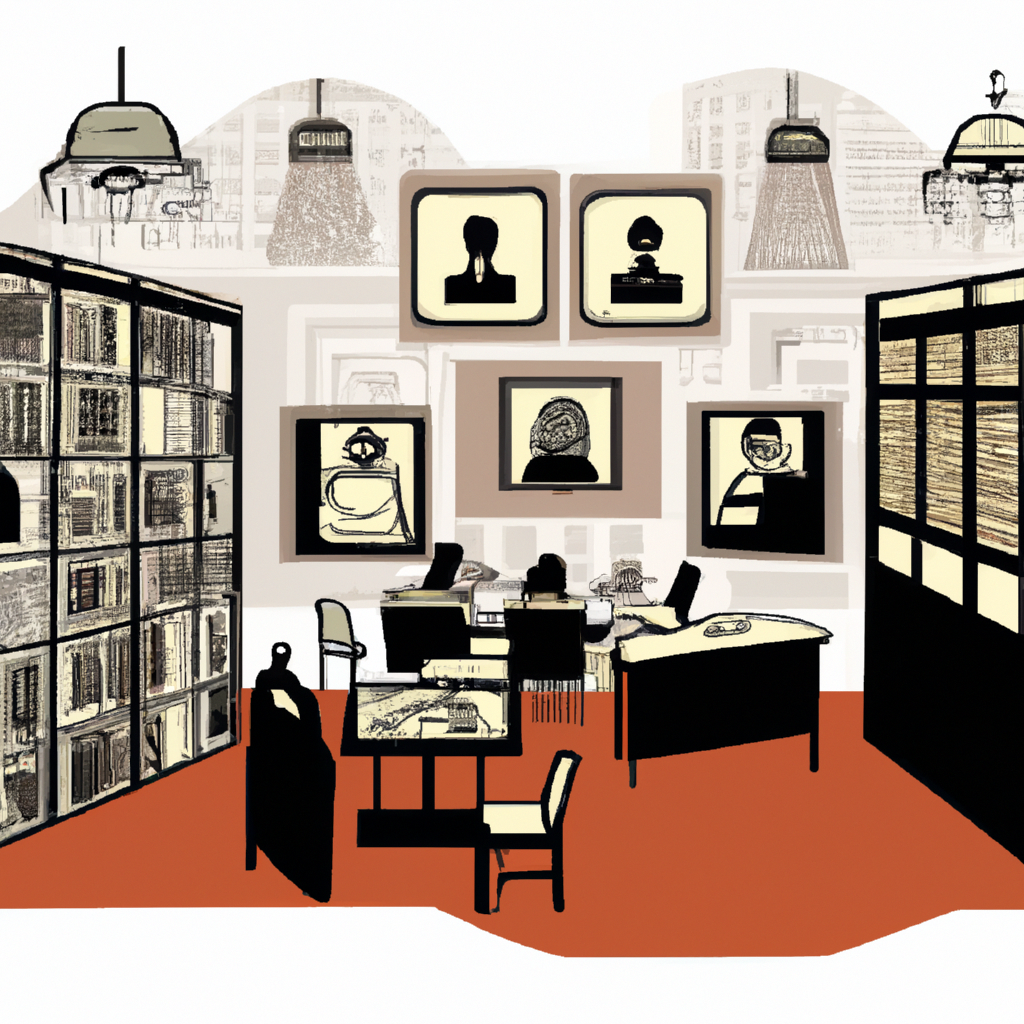In an unexpected culmination to a passionately contested race, the former director of the illustrious Uffizi Gallery, whose tenure oversaw some of the most breathtaking expansions and acquisitions, is on the brink of a resounding defeat in the mayoral election of Florence. Known for his erudite charm and profound connections within the art world, his venture into the rough-and-tumble arena of politics was watched with both enthusiasm and skepticism.
Riding upon a moderately pitched platform, he aimed to translate his expertise in managing one of the world's most treasured museums into revitalizing and enriching the urban tapestry of Florence. His vision included leveraging the cultural heritage of the city to enhance its global stature while addressing pressing urban challenges through aesthetically focused solutions. Unfortunately, the election results so far suggest that his appeal did not resonate as widely with the electorate as anticipated.
Political analysts posit that his alignment with right-leaning factions may have compromised his standing among those who traditionally champion a more progressive agenda, a critical bloc in Florence’s political landscape. Additionally, his cerebral approach to campaigning, replete with references to Florentine art and history, may have failed to connect with pressing contemporary concerns among voters, from economic recovery post-pandemic to the urgent need for sustainable urban development.
As the final votes are tallied, the cultural community watches with bated breath, pondering the implications of his likely defeat. What does this mean for the intersection of art and administrative power? Can the stewardship of cultural institutions serve as a stepping stone to effective political leadership? These questions loom large as the city of Florence, a beacon of Renaissance brilliance, seems poised to chart a course that sidesteps a tenure defined by artistic acumen in favor of perhaps more pragmatic, though less picturesque, governance.

